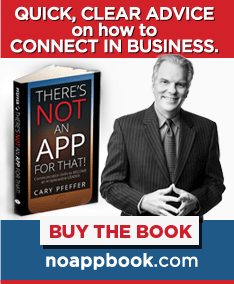As strange as it sounds, an outright mistake in the media is the easier problem to deal with. The more difficult challenge is when an article or story on TV has taken a “tone” you disagree with, or the impression some people get from the piece is a problem. Then what?
The direct route of going to the reporter or editor may be part of the answer, but there are other important considerations as well.
The Direct Route
Because we turn over control of the story telling to journalists when we submit to an interview, the approach on this kind of disagreement has to employ diplomacy. You can yell and scream, but it won’t get you very far and an outburst will probably close out any positive coverage for the foreseeable future! Here’s a better plan.
Use the news coverage as a platform for further discussion. Follow-up the story with a phone call or email that acknowledges the coverage, but also points up an item or two where you have a different opinion. Reporters often appreciate the feedback and you can change minds and educate people, or at least make them aware of alternative points of view. If the reporter is a brick wall, you’ve just learned an important piece of information as well and you can move on to another reporter or a different media outlet.
The Even More Direct Route
Let’s say news coverage has headed in a direction that gives the wrong impression, in your opinion, and you can’t seem to sway reporters to your side. Well, you are more powerful than you think! Your power rests with those who know you and work with you regularly. Communicate directly to those people who need to hear your side of the story. Whether it is through email or letter or even personal visits and group meetings, make sure those who have a vested interest get your side of the story.
If a university, government agency or business is getting hammered in the news that organization needs to have a plan to get to those people who are most important to them DIRECTLY! A news story is a one or two day event for most of the reading and viewing public, but it’s a much more personal experience for those who interact with you regularly, so let them know your side of the story. An email message may start something like this:
“You may have heard about recent news reports about XXX. We want to make sure you’re aware of some important facts we feel have been missing from that coverage…”
Your web site can be an important tool in keeping interested parties updated, especially in a crisis. Also, a phone recording with the latest information is a great option. Bottom line: Make sure you’re getting your story out to those who mean the most to you!
(Click here to read Part One of this series on correcting media mistakes.)

